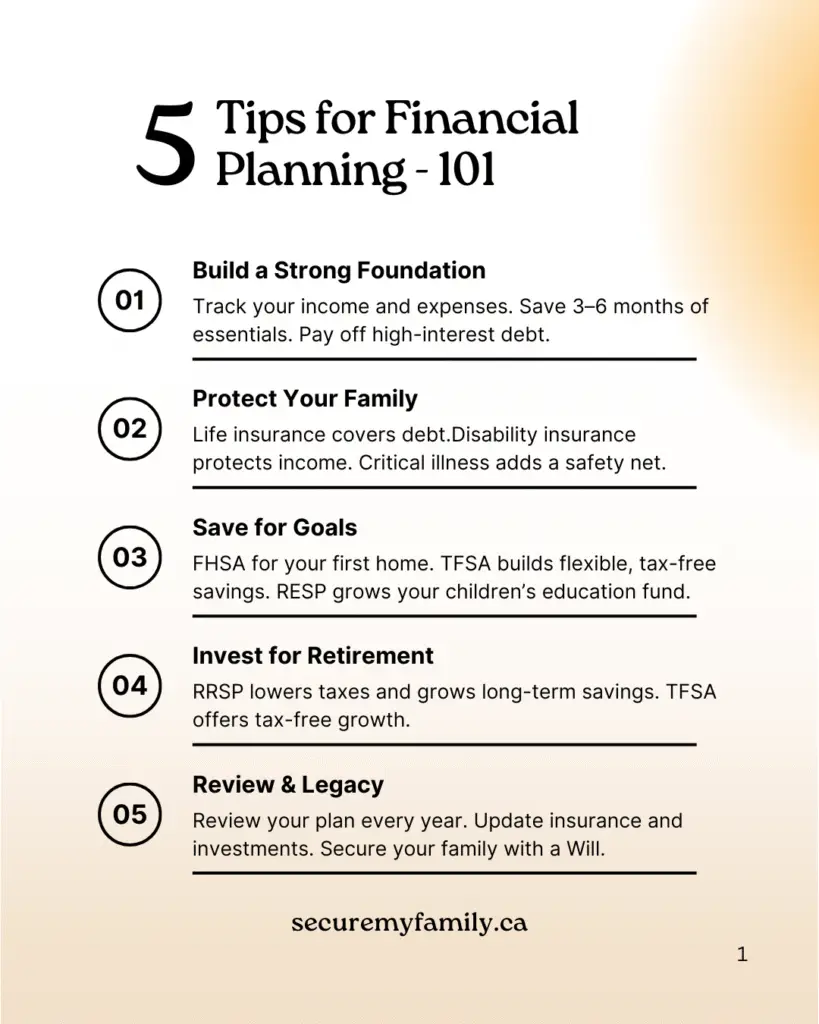How to Get $23,574 Towards Your Down Payment with FHSA
See how a couple can turn their homeownership dream into reality in just 5 years with Canada’s most powerful savings tool.

The Challenge: A Down Payment
Indeed, the First Home Savings Account (FHSA) is a powerful new tool designed to help Canadians achieve their dream of homeownership. Furthermore, this infographic breaks down a 5-year savings plan for a couple, each earning $50,000 annually, leveraging this innovative account to build their future. In fact, it offers a unique blend of tax advantages.
FHSA Key Characteristics: What You Need to Know
The First Home Savings Account offers distinct features designed to maximize your home-buying power. Consequently, understanding these rules is vital for effective planning.
FHSA Annual Contribution Limit
You can contribute up to $8,000 per year to this account. Moreover, unused room can be carried forward, up to $8,000. This flexibility, as a result, allows for strategic saving.
FHSA Lifetime Contribution Limit
There’s a $40,000 lifetime maximum you can contribute to this savings plan. Thus, it’s important to plan your contributions over time.
Tax-Free Growth within Your FHSA
Any investment income earned within this account grows tax-free. As a result, your money compounds faster, leading to greater savings.
FHSA Tax-Deductible Contributions
Your contributions to this plan are tax-deductible, which reduces your taxable income for the year. Similarly, this means you get an immediate tax benefit.
Total Down Payment Fund
$87,494
This total includes $80,000 in contributions and tax-free growth. Thus, it represents a substantial saving.
Total Tax-Advantaged Gain
$23,574
This figure is composed of combined tax refunds ($16,080) and investment growth ($7,494). Because of this, this is a significant financial boost.
Total Financial Boost
$103,574
Ultimately, this is the true combined power of the FHSA (contributions + gain), which accelerates homeownership.
Understanding Your FHSA Advantage: The $23,574 Gain
This donut chart illustrates how the combined tax refunds and investment growth contribute to your significant financial gain beyond your principal contributions. Therefore, it clearly highlights the true value of this account.
A Couple’s FHSA Savings Journey: 5 Years to Homeownership
This chart shows the year-over-year growth of a couple’s combined FHSA savings, assuming they each contribute the maximum $8,000 annually with a 3% yearly return. The power of compounding is clearly visible as their fund accelerates over time. In addition, this demonstrates the long-term benefits of reaching the lifetime limit in 5 years.
Cumulative FHSA Tax Savings for the Couple
Each year, your FHSA contributions reduce your taxable income, putting thousands of dollars back in your pocket. This bar chart, for example, shows the growing cumulative tax benefit over 5 years. Furthermore, these savings can be reinvested to grow your wealth even further.
FHSA vs. Other Savings Plans
The FHSA is purpose-built for first-time homebuyers, combining the best features of an RRSP and a TFSA. This comparison, for instance, highlights why it’s the superior choice for your down payment savings strategy. In essence, it offers unique advantages.
| Feature | FHSA | RRSP (HBP) | TFSA |
|---|---|---|---|
| Contribution Tax-Deductible | ✔ | ✔ | ✖ |
| Withdrawal Tax-Free for Home | ✔ | ✔ | ✔ |
| Repayment Required | ✖ | ✔ | ✖ |
| Primary Purpose | First Home Savings | Retirement Savings | Flexible Savings |
Pro Tip: You can use both the FHSA and the RRSP Home Buyers’ Plan (HBP) for the same home purchase to maximize your down payment. This combination, for instance, offers even greater financial leverage.
FHSA Withdrawal Rules: Accessing Your Funds
Understanding how to withdraw funds from your FHSA is crucial for a smooth home purchase. Specifically, the rules ensure your withdrawals remain tax-free when used for a qualifying home. Therefore, careful planning is essential.
For a Home Purchase
-
Completely Tax-Free
Withdraw the entire amount, including contributions and investment growth, without paying any tax.
-
Written Agreement
You must have a formal agreement to buy or build a qualifying home before you can withdraw funds.
If You Don’t Buy a Home
-
Transfer to RRSP/RRIF
Move your FHSA savings to an RRSP or RRIF tax-free, without affecting your contribution room.
-
Taxable Withdrawal
If withdrawn for other reasons, the amount becomes fully taxable income for that year.
Frequently Asked Questions (FAQs) About Your FHSA
A1: To open one, you must be a Canadian resident, at least 18 years old (or 19 in some provinces), and a first-time home buyer. You are considered a first-time home buyer, for example, if you haven’t owned a home in which you lived at any time in the current calendar year or the four preceding calendar years. Hence, eligibility is quite specific.
A2: The annual contribution limit for this account is $8,000. Unused annual contribution room can be carried forward, but only up to a maximum of $8,000. Your contribution room starts accumulating when you open your first FHSA. In other words, you can catch up on past years’ contributions.
A3: The lifetime contribution limit for an FHSA is $40,000 per individual. Once you reach this limit, you cannot contribute any more to this plan. As a result, strategic planning is key to maximizing this benefit.
A4: Yes, contributions made to your FHSA are tax-deductible, meaning they can reduce your taxable income in the year you make them. This is similar to how RRSP contributions work. Therefore, you receive an immediate tax advantage.
A5: Withdrawals from your FHSA are completely tax-free if they are used for a qualifying first home purchase. However, if funds are withdrawn for non-qualifying purposes, they will be fully taxable income. In short, use it for a home, and it’s tax-free.
A6: Yes, you can use both the FHSA and the Home Buyers’ Plan (HBP) for the same qualifying home purchase. In fact, this allows you to combine funds from both plans to maximize your down payment, offering even greater financial leverage for your first home. Thus, you have multiple avenues to fund your home.
A7: If you don’t use your FHSA for a qualifying home purchase, you can transfer the funds tax-free to your RRSP or RRIF without impacting your RRSP contribution room. Alternatively, you can withdraw the funds as taxable income. In conclusion, you still have options even if your plans change.
A8: These accounts can hold a wide range of eligible investments, similar to TFSAs and RRSPs. This includes GICs, mutual funds, ETFs, individual stocks, and bonds. Consequently, this allows you to tailor your investment strategy to your risk tolerance and timeline.
